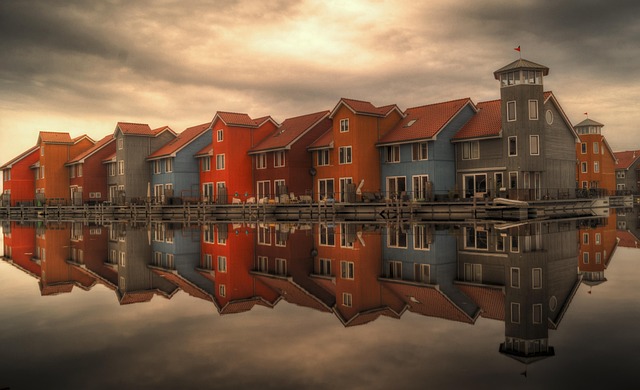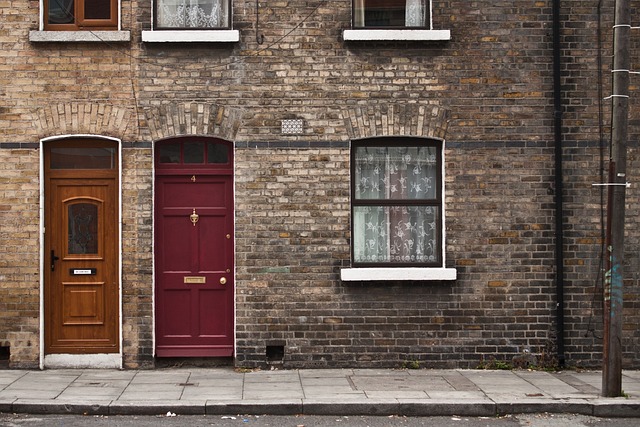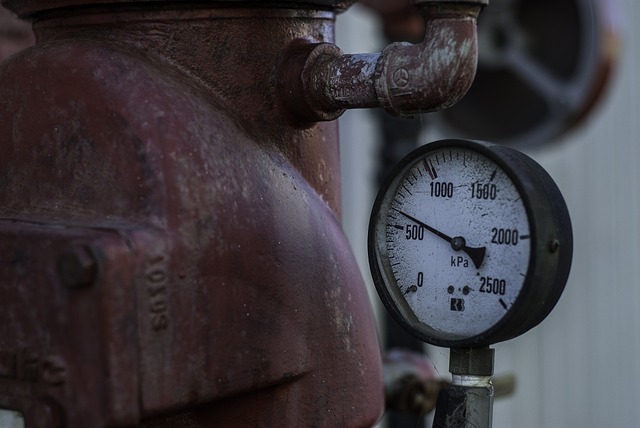Low water pressure can be improved by identifying and addressing common issues like leaks, mineral buildup, old pipes, faulty regulators, and simultaneous appliance usage. Equip yourself with tools like wrenches, pliers, a measuring tape, and a pressure gauge to diagnose and resolve problems accurately. Regularly check for leaks, replace worn components, and install new fixtures with higher flow rates. Maintain optimal water pressure through regular maintenance, proper drainage, and insulating old copper pipes to prevent heat loss and contraction.
Tired of weak water streams and disappointing shower experiences? Low water pressure can be a nuisance, but there’s no need to endure it. This guide unravels common causes, from faulty fixtures to plumbing issues, offering practical solutions for every homeowner. Learn essential tools and techniques to diagnose and fix problems effectively. Discover best practices for maintaining optimal water pressure, ensuring your home’s plumbing system works at its best. Boost your water pressure knowledge and say goodbye to mediocre flows!
- Identifying Common Causes of Low Water Pressure
- Essential Tools and Techniques for Fixing Water Pressure Issues
- Best Practices for Maintaining Optimal Water Pressure
Identifying Common Causes of Low Water Pressure

Low water pressure can be frustrating, but identifying the root cause is often straightforward. The first step in learning how to increase water pressure is understanding common culprits. Leaks are a significant issue, as even small drips over time can drastically reduce water supply and pressure. Another frequent problem is mineral buildup or sedimentation inside pipes and fixtures; this can narrow the pathways through which water flows, resulting in lower pressure.
Old or damaged pipes, faulty pressure regulators, and outdated plumbing systems can also contribute to subpar water pressure. Additionally, multiple appliances running simultaneously can temporarily decrease pressure due to the redistribution of water flow. By addressing these issues, whether it’s repairing leaks, replacing filters, or upgrading plumbing components, homeowners can effectively enhance their water pressure and enjoy a more robust and consistent flow.
Essential Tools and Techniques for Fixing Water Pressure Issues

When tackling water pressure problems, having the right tools and techniques can make all the difference. Start with a basic toolkit that includes wrenches (both adjustable and pipe), pliers, a measuring tape, and a pressure gauge—essential for diagnosing the issue accurately. These tools will enable you to tighten fittings, replace worn-out components, or even install new fixtures designed to boost water pressure.
For instance, aerators on faucets and showerheads can restrict flow, so consider swapping them out for models with higher flow rates. Additionally, check for leaks along pipes; even small drips can significantly reduce pressure over time. By addressing leaks and selecting the right fixtures, you’ll be well on your way to enjoying increased water pressure throughout your home.
Best Practices for Maintaining Optimal Water Pressure

Maintaining optimal water pressure is essential for a seamless showering and cleaning experience. Regular maintenance can significantly impact how to increase water pressure and keep it consistent. Start by checking for leaks in pipes and fittings; even small drips can lead to substantial water waste and reduced pressure over time. Replacing worn-out parts or sealing leaks can immediately improve the situation.
Additionally, ensuring proper drainage is crucial. Clogged drains or slow-moving water can restrict the flow of water throughout your plumbing system, resulting in lower pressure. Regularly cleaning drain traps and using preventive measures like strainers can help maintain smooth water flow. If you have an older home with copper pipes, consider insulating them to reduce heat loss, as cold water contracts and may decrease pressure.
Increasing water pressure at home doesn’t have to be a complex task. By identifying common causes, understanding essential tools and techniques, and implementing best practices for maintenance, you can effectively address and prevent water pressure issues. Remember, regular checks and simple fixes can go a long way in ensuring consistent, optimal water pressure for your daily needs.
